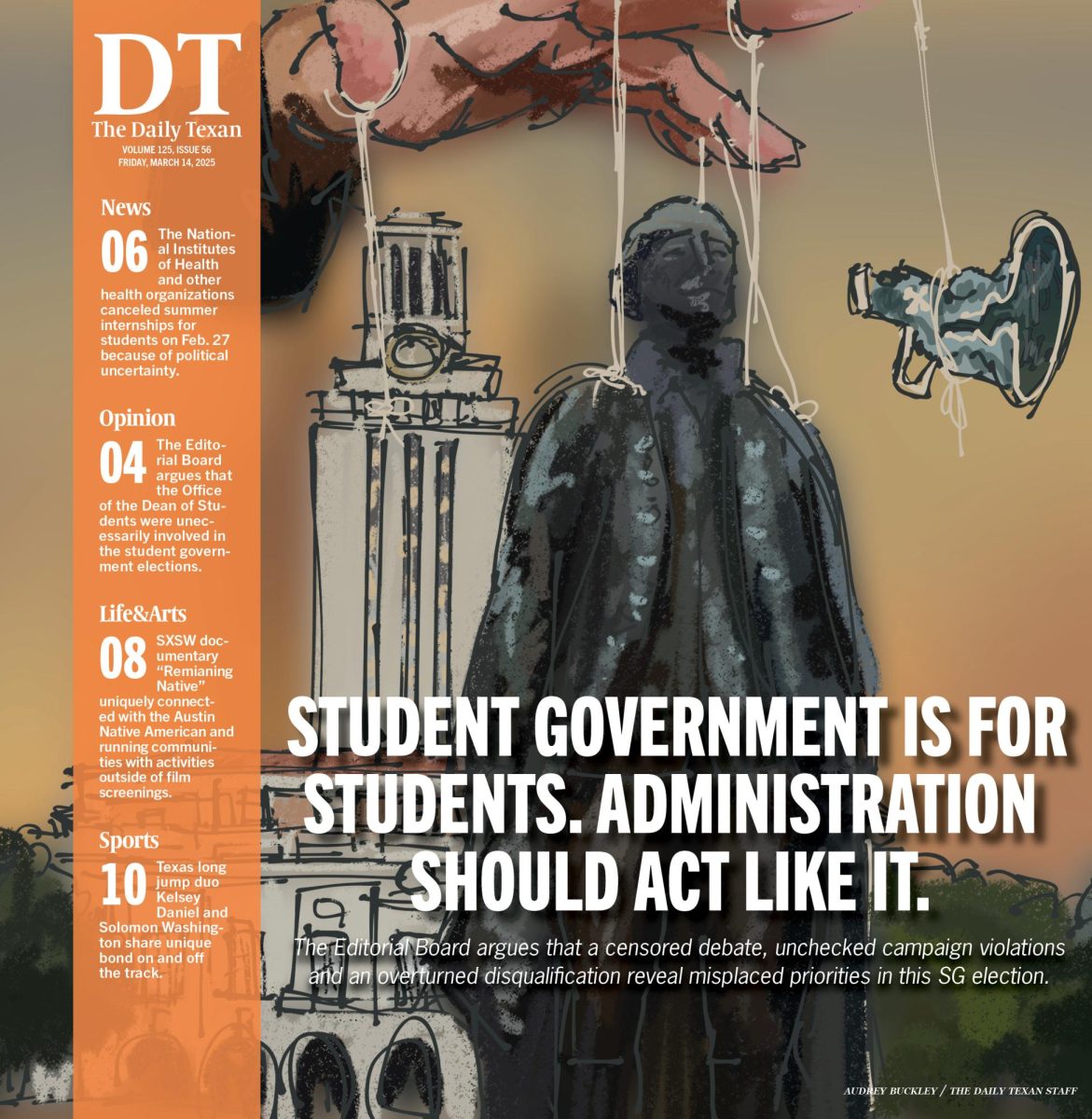UT researchers develop first-ever global river database
November 22, 2021
On Nov. 8, UT researchers published the first-ever global river database they developed to track the movement of the largest rivers in the world.
The database, which is accessible to the public, utilizes remote sensing data to document the migration of the world’s 48 most threatened river deltas over the past 40 years. This information can predict how rivers will move in the future, which is important to consider for urban planning and community migration.
“This is really important because we’re leveraging satellite information that covers the entire world, to inform maybe local communities in areas that don’t have as much access to kind of organized government monitoring of channel migration,” said Teresa Jarriel, postdoctoral research assistant and lead author of the database research.
The researchers compared satellite images from the 1980s to images from 2021 with machine learning and image processing software to see the migration of rivers over time. They incorporated the comparison of images into the database to show which coastal river areas are stable versus rivers that move often.
“If you live near a certain one of those 48 coastal river environments, you can go and download (the database) and see historically how your section of your river delta has changed over time, and that can be really useful for urban planning or community migration,” Jarriel said.
According to an article announcing the project, the database research focuses on river migration records to understand why certain patterns are present and if flood frequency and how much sediment flows into waterways could cause some river deltas to move a lot more than others.
In addition to community development, Jarriel said that she hopes the information in the database will help other researchers develop their own publications.
“One thing that I want to happen is for it to transcend the academic sphere and to actually get into the hands of people who are living on these systems and local governments, who can use this information to better inform their local-scale projects,” Jarriel said.












